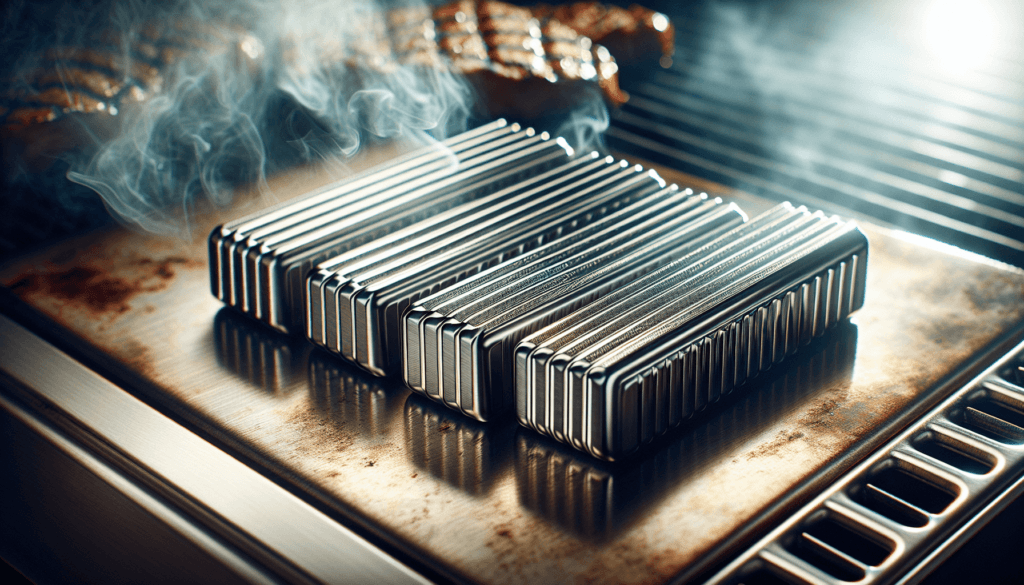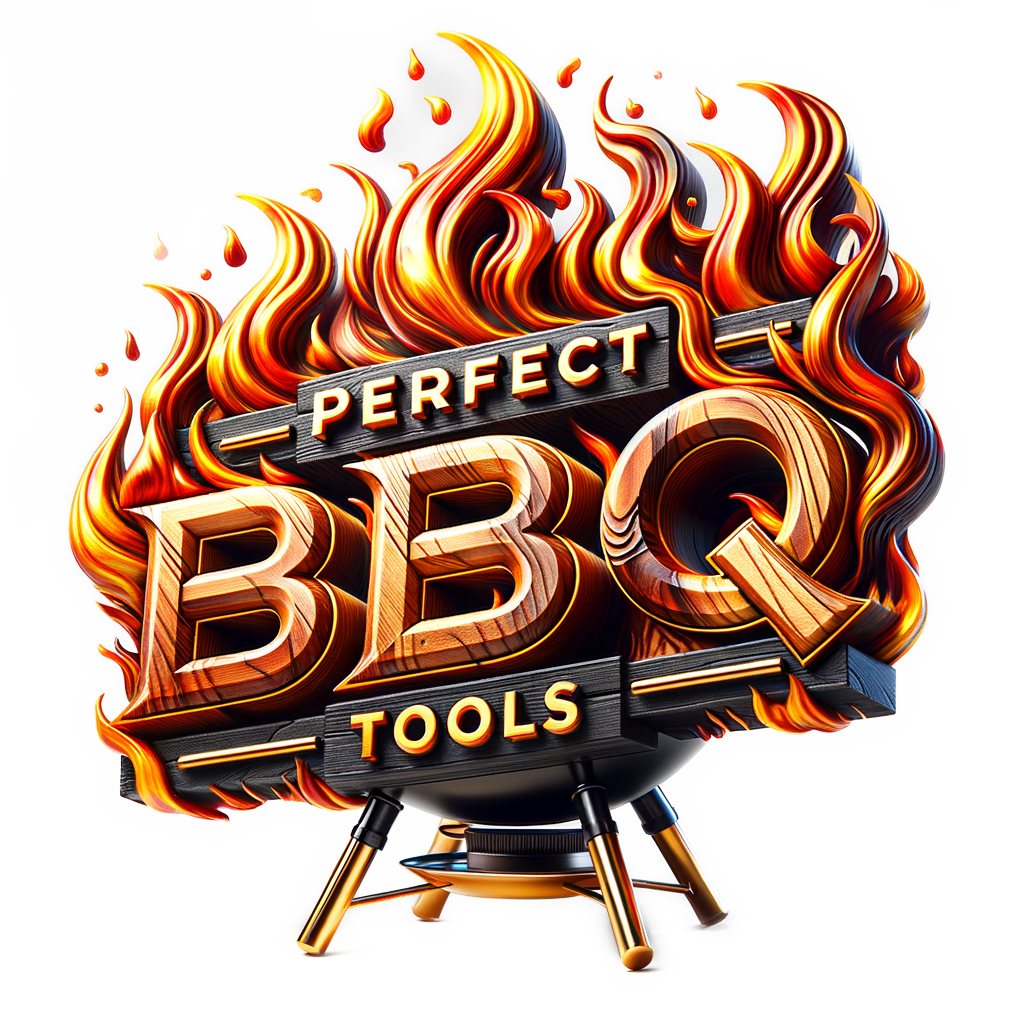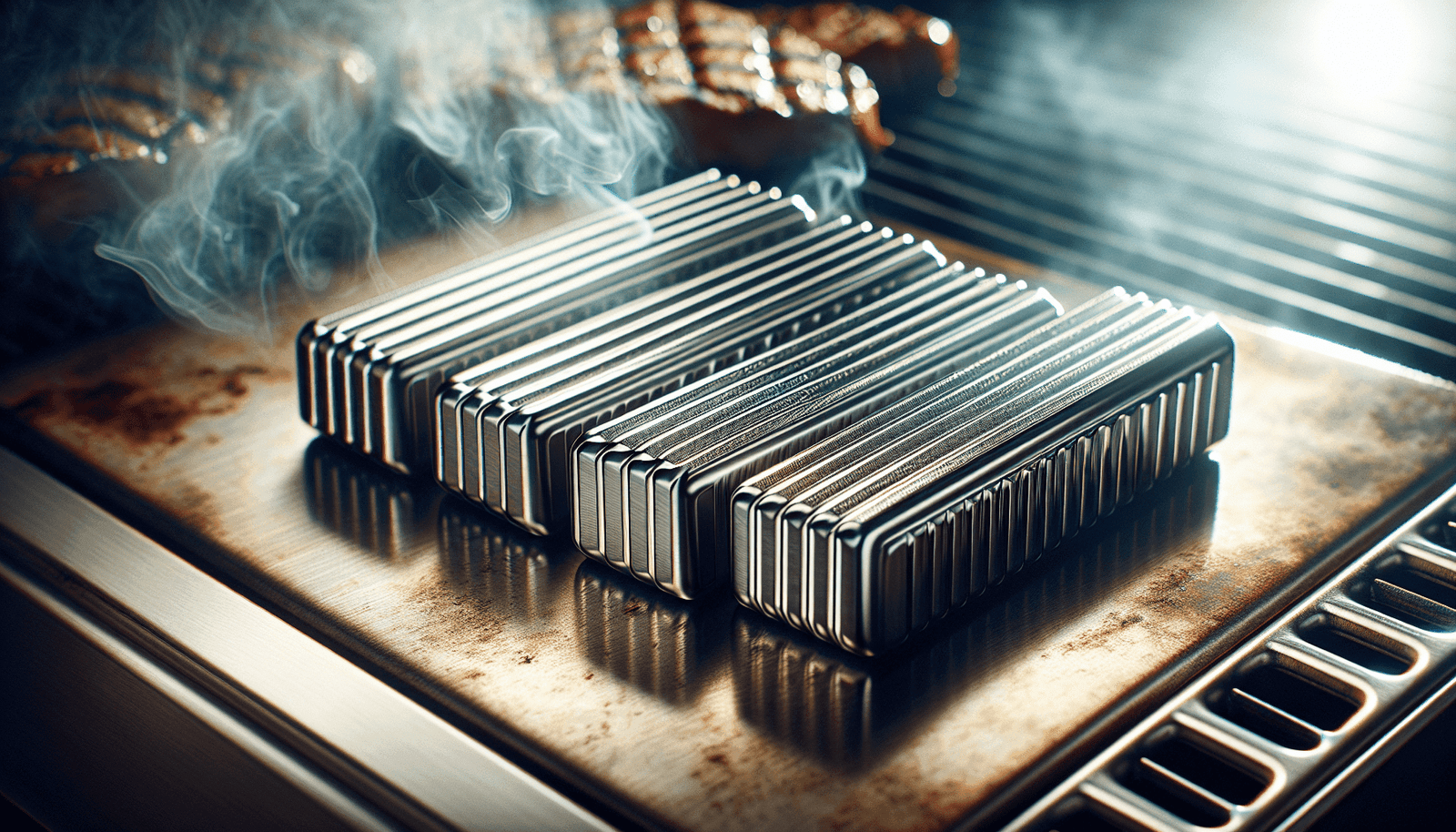Have you ever found yourself standing by your grill, wondering how you can get that perfect, even heat distribution for your barbecue? The secret might just lie in the grill flavor bars you choose to use. These special additions not only enhance the flavor of your grilled foods but also play a crucial role in ensuring that your heat spreads evenly across the cooking surface. So, what exactly are flavor bars, how do they work, and which ones should you consider for the best grilling experience?

Understanding Grill Flavor Bars
Grill flavor bars are typically thin, solid bars made of various materials including steel and ceramics, placed underneath the cooking grates. Their purpose is twofold: to protect the burners while simultaneously affecting the heat distribution within the grill. The concept behind flavor bars is that they catch and vaporize the juices and drippings from your food, turning them into flavorful smoke that infuses back into the food. They also play an instrumental role in ensuring your grill maintains consistent heat across the entire cooking surface, which is essential for achieving those perfect grill marks and evenly cooked dishes.
The Importance of Even Heat Distribution
When grilling, one of the common challenges is dealing with hot and cold spots on the grill surface. Uneven heat distribution leads to food that is overcooked on one end and undercooked on the other, which can be frustrating. This is where the choice of grill flavor bars comes into play. Their design and material help in distributing heat more uniformly, allowing you more control over your grilling process.
Types of Grill Flavor Bars
There are several types of grill flavor bars to consider, each offering different benefits depending on material and design. Below is a breakdown of the most popular types:
Stainless Steel Flavor Bars
Stainless steel flavor bars are popular due to their durability and resistance to rust. They can withstand high temperatures, making them a long-lasting option for avid grillers. While they may not impart as much flavor as other materials, their ability to distribute heat consistently makes them a favorite.
Porcelain-Coated Flavor Bars
Porcelain-coated flavor bars provide a non-stick surface which is excellent for easy cleaning. They help in achieving a balance between distributing heat evenly and enhancing the flavor of your food. The coating can sometimes chip, but they are often more affordable than stainless steel options.
Cast Iron Flavor Bars
Known for their excellent heat retention, cast iron flavor bars might take longer to heat up, but they maintain heat exceptionally well. They add a rich, smoky flavor to your food and last for years with proper care. However, they require maintenance to prevent rust.
Ceramic Flavor Bars
Ceramics are a newer material used for flavor bars. They offer excellent flavor retention and even heat distribution. They are also typically lighter and can withstand high temperatures without warping. While they come with a higher price tag, the benefits of consistent heat and additional flavor can be worth the investment.
Factors to Consider When Choosing Grill Flavor Bars
Selecting the right flavor bars involves considering several factors, including your grilling habits and the type of grill you own. Here’s how to narrow it down:
Material
The material of the flavor bar affects both durability and heat distribution. Choose one that meets your grilling demands, whether you need something long-lasting like stainless steel or favor the flavor-enhancing properties of ceramics or cast iron.
Size and Fit
Ensure the flavor bars you pick are compatible with your grill model. Ill-fitting bars can negate their benefits, leading to uneven cooking and ineffective heat distribution.
Maintenance and Care
Consider how much maintenance you’re willing to do. Stainless steel requires minimal care, while cast iron may need regular seasoning to prevent rust. Porcelain-coated bars need careful handling to maintain their coating.
Budget
The cost will undoubtedly play a role in your decision. While it might be tempting to opt for cheaper options, investing in high-quality flavor bars can improve performance and longevity, making them a cost-effective option in the long run.
How to Install and Maintain Grill Flavor Bars
Correct installation and upkeep of flavor bars are crucial for optimal performance. Here are some tips to get you started:
Installing Flavor Bars
Before installation, make sure to clean your grill surface. Align the bars according to the grill’s design, ensuring they are securely in place. They should easily fit into provided slots or rest comfortably on the burner without wobbling.
Regular Cleaning
Regular cleaning will extend the life of your flavor bars. Scrape off accumulated grease and food debris after each use. For stainless steel and porcelain-coated options, a mild soap and warm water solution works well. Cast iron requires more careful cleaning to avoid removing the seasoning layer.
Seasonal Maintenance
At least once a season, inspect the bars for damage or excessive wear. Replace any bars that appear bent, chipped, or rusted. Keeping an eye on their condition will prevent grilling mishaps and ensure consistent cooking results.

Popular Brands and Recommendations
Investing in flavor bars from reputable brands can make a difference. Here are some that stand out:
| Brand | Material | Key Features |
|---|---|---|
| Weber | Stainless Steel | Durable, great heat distribution |
| Char-Broil | Porcelain-Coated | Easy to clean, affordable |
| Napoleon | Cast Iron | Superior flavor enhancement |
| Dyna-Glo | Ceramic | High heat tolerance, even heat spread |
Weber Flavor Bars
Known for their superior quality, Weber’s stainless steel flavor bars are top-notch in terms of durability and heat distribution. They might be on the pricier side, but their long lifespan makes them a worthy investment.
Char-Broil Flavor Bars
Providing a balance between cost and functionality, Porcelain-coated bars from Char-Broil are user-friendly with their easy-clean surface and efficient heat management.
Napoleon Cast Iron Flavor Bars
For those who prioritize flavor, Napoleon’s cast iron bars infuse your food with an exceptional taste while distributing heat perfectly. They require more maintenance, which might deter some, but the payoff in flavor is remarkable.
Dyna-Glo Ceramic Flavor Bars
Dyna-Glo’s ceramic bars excel in consistent heat distribution and are suitable for high-temperature grilling. They maintain their shape and performance over time, proving their value for frequent grillers.
Tips for Maximizing Your Grilling Experience
Using the right flavor bars can enhance your grilling, but here are additional tips to make sure every barbecue session goes smoothly.
Preheating the Grill
Ensure your grill is properly preheated before placing your food on it. This not only helps avoid sticking but also allows for better searing and flavor development.
Arranging Food on the Grill
Position your food strategically to take full advantage of even heat distribution. Denser proteins should be placed directly over the bars, while vegetables and lighter items can be grilled on cooler sections.
Monitoring Cooking Progress
Use a meat thermometer to monitor the internal temperature of your grilled items. This ensures perfectly cooked food without having to guess cooking times.
Conclusion
Choosing the right grill flavor bars is about balancing your needs with the characteristics of each material. Whether you go for the durability of stainless steel, the maintenance-friendly porcelain coating, the flavor-enhancing cast iron, or the innovative ceramics, each type has something unique to offer your grilling routine. By understanding your grilling habits and matching them with these essential tools, you’ll be well-equipped for delicious, evenly cooked meals. So next time you fire up the grill, you’ll know exactly what to expect and how to achieve those flawless results you aim for.

